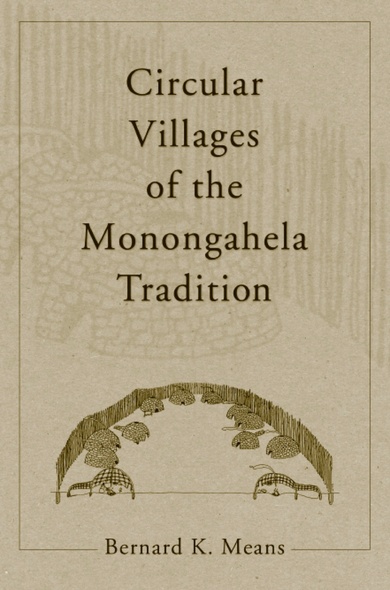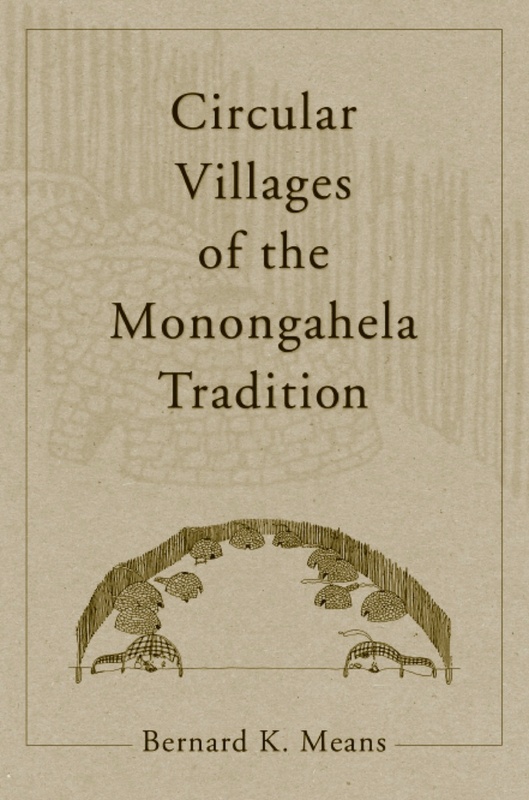Between A.D. 1000 and 1635, the inhabitants of southwestern Pennsylvania and portions of adjacent states—known to archaeologists as the Monongahela Culture or Tradition—began to reside regularly in ring-shaped village settlements. These circular settlements consisted of dwellings around a central plaza. A cross-cultural and cross-temporal review of archaeological, ethnohistorical, and ethnographic cases demonstrates that this settlement form appeared repeatedly and independently worldwide, including throughout portions of the Eastern Woodlands, among the Plains Indians, and in Central and South America.
Specific archaeological cases are drawn from Somerset County, Pennsylvania, that has the largest number of completely excavated Monongahela villages. Most of these villages, excavated in the 1930s as federal relief projects, were recently dated. Full analysis of the extensive excavations reveals not only the geometric architectural patterning of the villages, but enables an analysis of the social groupings, population estimates, and economic status of residents who inhabited the circular villages. Circular patterning can be revealed at less fully excavated archaeological sites. Focused test excavations can help confirm circular village plans without extensive and destructive excavations.
In this highly theoretical study, Means (Washington and Lee Univ.) attempts to understand the nature of the circular palisaded villages of the Monongahela tradition of southwest Pennsylvania. Most of these completely excavated villages were explored in the 1930s, so the first task was to arrange them chronologically using the latest AMS radiometric dating techniques. The sites dated from c. 900 to 1500 CE, with site numbers and complexity peaking between 1250 and 1400. Second, and dominating the work, is a global discussion of ring-shaped ethnographic village settlements in Amazonia, Africa, and the Pacific Islands. This is followed by a classification of their nature--diametric, concentric, radial, circumferential, inner-outer ring, and multi-rings--in order to develop a broad theoretical model of their character. Means examines this model against existing archaeological resources and concludes that peoples of the Monongahela tradition employed a general concentric model in their village planning, with the center plaza the focus of both ceremonial and other public, i.e. 'political,' behaviors. Because of its technical and theoretical nature, this study will be most useful to professional archaeologists generally, and specialists in the archaeology of the northeastern US particularly. Summing Up: Recommended. Graduate students, faculty.'
—CHOICE
‘A fine contribution to Monongahela settlement research in particular and methods for analyzing circular village forms in general. Its main contribution is in developing models of settlement and showing the diversity of Monongahela village organizations.’
—Marvin T. Smith, author of Coosa: The Rise and Fall of a Southeastern Mississippian Chiefdom
Bernard K. Means is Visiting Assistant Professor of Anthropology at Washington and Lee University.





